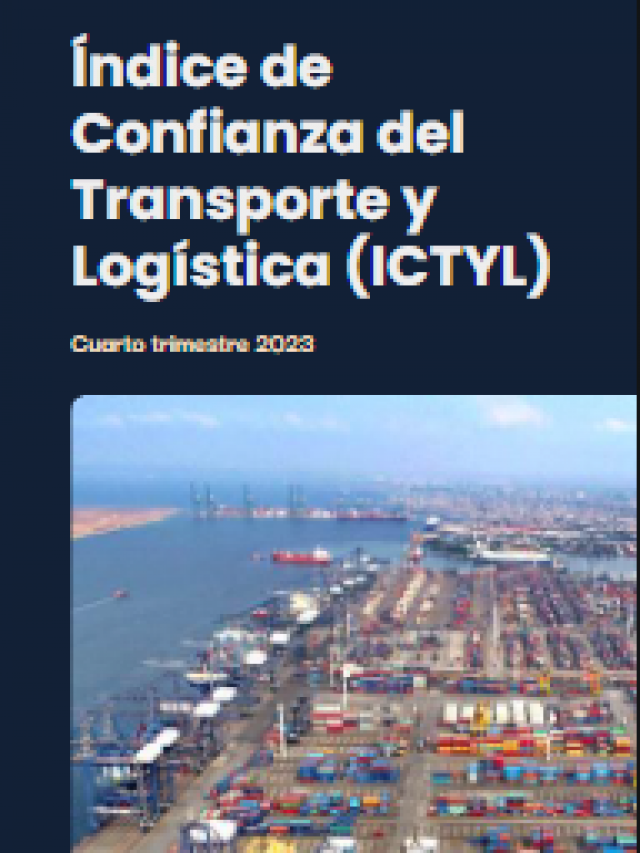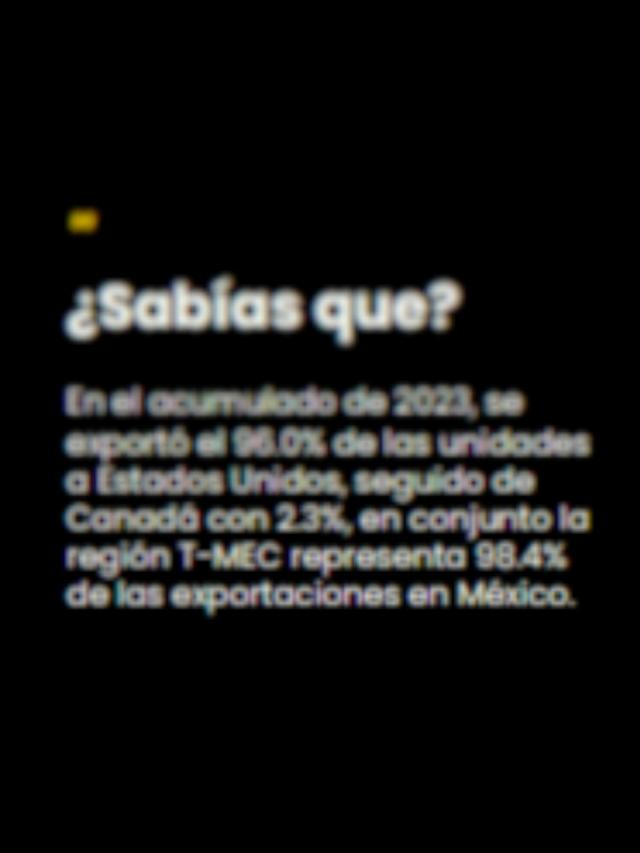
Manuel Reynaud , treasurer of the Confederation of Associations of Customs Agents of the Mexican Republic (CAAAREM) , acknowledged that Mexico lacks port and customs infrastructure, which affects the country’s commercial growth and increases logistics costs.
Within the framework of the 15th Leschaco Logistics and Transportation Seminar , Reynaud pointed out that the Government of Mexico is betting on new projects, such as the Transístmico ports , specifically Coatzacoalcos, in Veracruz, and Salina Cruz, in Oaxaca; however, he added, the main seaports continue to be Manzanillo, Lázaro Cárdenas, Veracruz and Altamira .
According to statistics from the National Port System Administration (Asipona) Manzanillo , the port of Manzanillo alone handled 979,452 20-foot containers (TEU) in the first quarter of this year, which represented an increase of 2.2% compared to the same period in 2024. Meanwhile, in March 2025, the port of Lázaro Cárdenas, in Michoacán, handled 191,224 TEU , which represented an increase of 11% compared to the same month of the previous year.
In the session “Logistics Challenges and Opportunities Amid Rising Operating Costs in Mexico ,” Manuel Reynaud indicated that all four ports need infrastructure, something that was evident with the demonstration and blockade of the Manzanillo port facility last week, which concluded early Friday morning, May 16.
It’s worth remembering that customs employees closed access to the port starting on the afternoon of May 14 due to alleged poor working conditions . Meanwhile, on May 12, customs workers, mostly civilians, carried out a nine-hour closure , but it ended after negotiations with authorities.
In a statement from Asipona Manzanillo, it was announced that the protests at the port ended on May 16, although it did not indicate whether the protesters reached an agreement with authorities. However, as of Monday, May 19, the entry and exit of trucking vehicles to the port remained halted due to a lack of personnel at customs .
The specialist said that what happened in Manzanillo “takes a toll on everyone,” so a first step would be to address the challenges posed by the lack of infrastructure and human resources.
For his part, Alejandro Marroquín , general director of Transportes Monterrey en Trayecto , agreed with Reynaud, considering that there is a serious infrastructure problem in Mexico, to which are added geopolitical issues that have complicated entries and exits in land transportation .
“We’re like a sandwich because, on the one hand, we have a very high level of unproductivity, because operators who enter the ports are stranded there for approximately 12, 14, or 24 hours, and when they finally manage to load, they have to leave, but they have to rest because the operator isn’t a machine that can leave after 24 hours of loading and go out to deliver, so that generates very high unproductivity, which raises logistics costs,” he explained.
Regarding Mexico’s road infrastructure, he pointed out that some of these roads “are still the same as when we were children.” He also indicated that another problem they face is insecurity .
“At a certain time, the operator has to stop, because crossing those roads at certain times means the cargo could be lost. For us, the most important thing is the safety of our operators and the security of our assets, so that’s a major issue that also raises costs.”
According to an Overhaul report , in the first quarter of 2025 Puebla and the State of Mexico led the list of entities where the most cargo thefts occur , each with 11 percent .
The analysis revealed that, during that period, 31% of robberies occurred between 6:00 PM and midnight , as night fell. Another 28% occurred between 6:00 AM and 12:00 PM , just as the units begin their routes.
For her part, Hoshi Jurado , vice president of Institutional Relations at the Mexican Intermodal Transport Association (AMTI) , noted that, for logistical, cost-efficiency, and environmental reasons , “customers are looking more toward being able to ship their goods via this railroad.”
He emphasized that investment continues in this type of transportation “to expand the routes and increase the capacity to continue removing containers in this manner.”
“The railway companies are working to reduce these transit times so we can offer a more competitive product,” he explained.
Comment and follow us on X: @Eliseosfield / @GrupoT21















